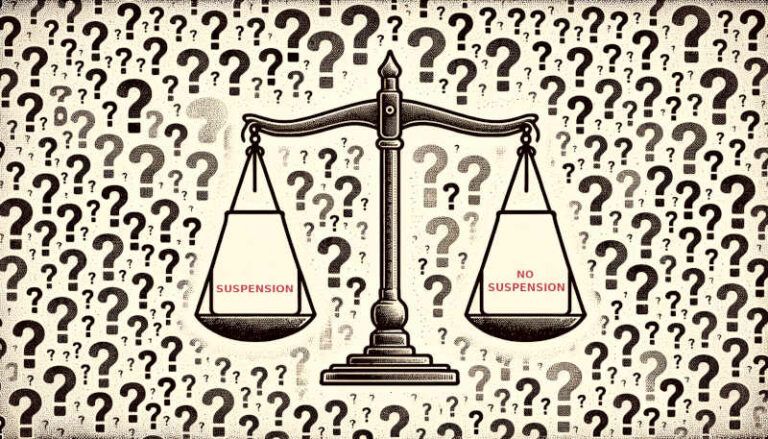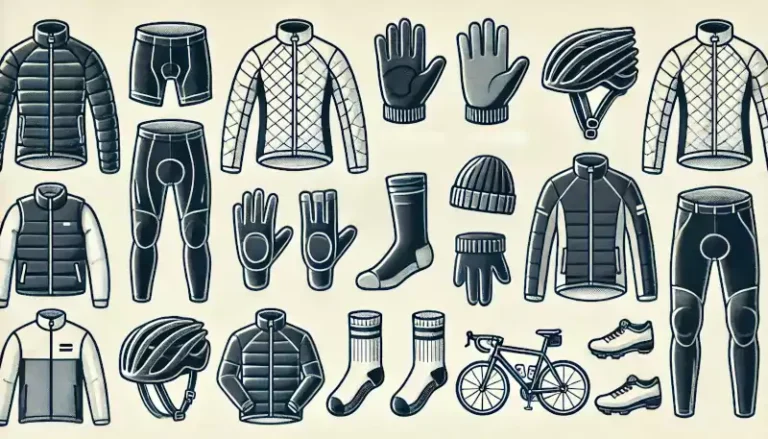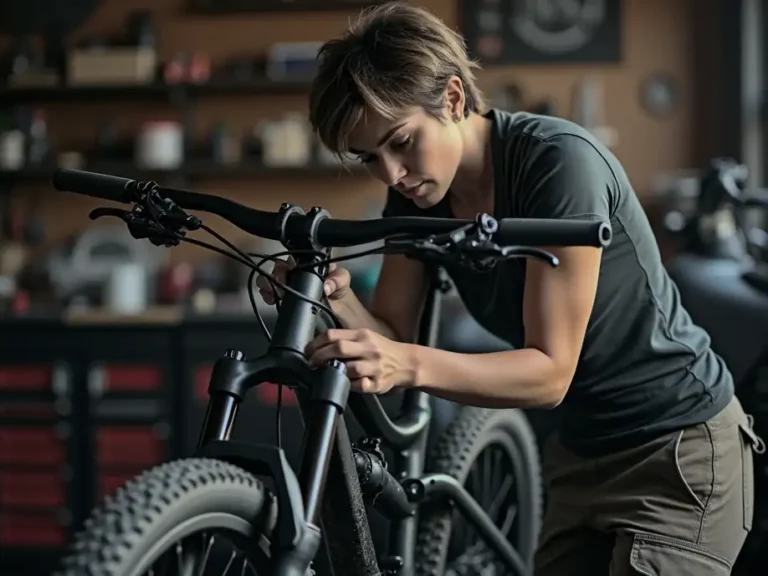Stay Charged and Safe with These Must-Know E-Bike Battery Care Tips
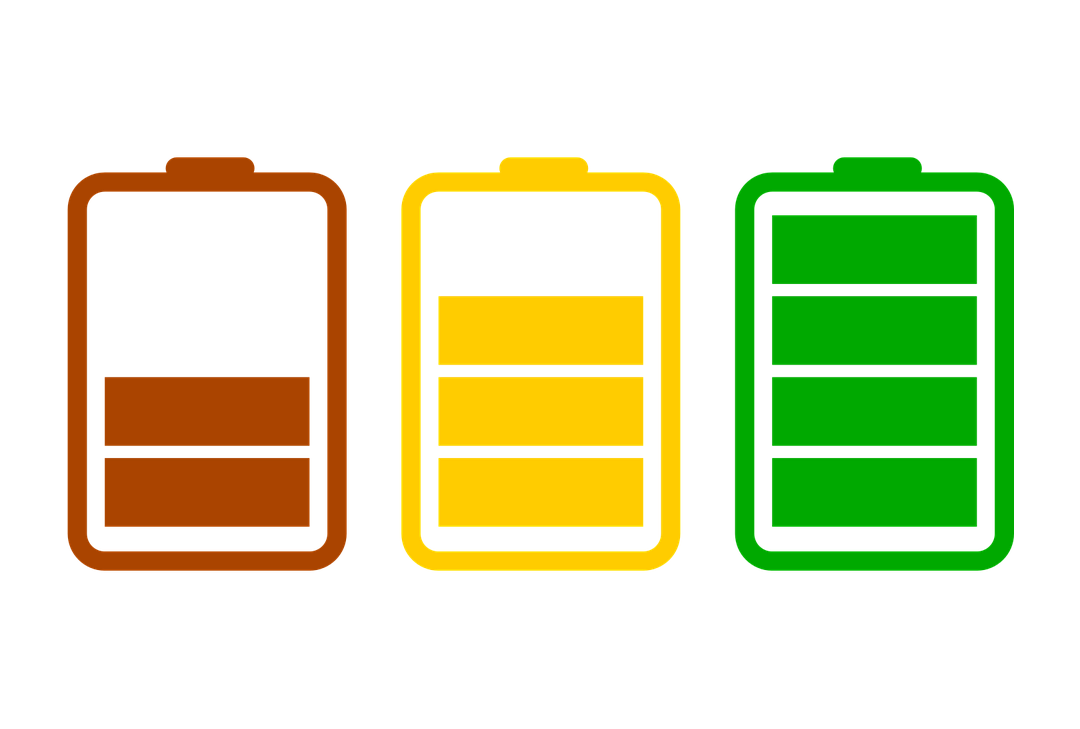
E-bikes are everywhere. And I mean EVERYWHERE. It’s not just a fad. It’s not just a couple of companies putting out a few e-bikes here and there. The Road Bike Rider website compiled a list of different bike manufacturers offering e-bikes and there are over 300! Mordor Intelligence reported e-bike sales of over thirty million dollars in Canada in 2023 alone.
E-bikes have captured the minds and souls of bike riders around the world. And what is at the heart of them all? Their batteries.
E-bikes wouldn’t exist without a rechargeable battery that can handle the energy and power needed to assist or throttle bikes down the road for many kilometers.
The battery is one of the most expensive parts of an e-bike to replace, so it makes sense to learn about and properly take care of it.
Different types of e-bike batteries.
A few types of e-bike batteries exist on the market, however lithium-ion batteries dominate modern e-bikes by far. Consisting of packs of many cylindrical lithium-ion battery cells joined together, they most commonly use 18650 cells (named so because they are 18 mm in diameter, 65 mm long, and the 0 indicates a cylindrical cell) or 20700 cells (20 mm diameter & 70 mm long).
Lithium polymer (aka li-po) batteries are available but are not widely used. They have certain advantages over lithium-ion such as flexibility in size and shape as well as less chance of leaking electrolytes, but are more expensive, store less energy and have a shorter lifespan.
Lead-acid batteries were used in some of the first e-bikes and can be found in some cheaper ebikes today (although rarely in North America). They are MUCH heavier – around three times as heavy – and don’t have the energy density and capacity that lithium-ion batteries have
Have a look at what kind of battery your bike has (or the brand that you’re considering buying has). Chances are high it’s lithium-ion, and that is what we will be delving into below.
A bit about lithium-ion batteries
Lithium-ion battery technology was introduced to the market in 1991 and has been incredibly important to humanity. Three scientists were actually given a Nobel prize in Chemistry for their contributions to the development of lithium-ion batteries: Akira Yoshino, M. Stanley Whittingham, and John B. Goodenough (whose name we really love by the way).
The advent of lithium-ion batteries created portability in consumer items, which has allowed incredible innovation in cordless and rechargeable devices from small to large and across a wide spectrum of industry including:
- cellphones
- laptops
- other electronic items such as watches, e-readers, tablets, smoke detectors, etc
- tools such as rechargeable drills, saws, nail guns, leaf blowers, lawn mowers, string trimmers/edgers, snow blowers, vacuums, sprayers, etc
- heated jackets
- e-scooters
- e-bikes
- cars
- and much more…
They’ve really been a game changer, allowing us to have the wide range of amazing portable devices available today.
Here are some pros and cons of lithium-ion batteries over older types of batteries:
- Pros:
weigh less, take less time to recharge, longer run cycle, store more energy, release more energy, more efficient - Cons:
contain flammable electrolytes (the medium the electricity flows through) that can cause fires or explosions if the battery is damaged or charged incorrectly, disposal must be done properly due to toxicity and flammability of the components, loses capacity over time, relatively expensive
Reputable lithium-ion battery companies use safety devices to reduce the possibility of dangerous issues. They often have voltage regulator circuits, temperature sensors, battery management systems, and other monitoring systems to increase safety and performance.
Care and Safety
It’s important to follow the bike manufacturer’s battery care recommendations as there can be some differences between brands, and there are often multiple factors to keep in mind.
For example, Bosch (a German company and one of the leading tech companies whose products include ebike batteries and motors) gives recommendations for their ebike batteries which include:
- upon first taking your battery home, charge to 100%
- ideal temperature to charge battery is room temperature
- charge in a dry area
- only use the original charger
- don’t drain to zero if possible
- after fully charged, unplug from the power
- avoid charging in a humid environment if possible
- have a smoke detector in your charging location
- clean with a damp cloth
- remove your battery before washing your bike
- a technical lubricant can be used on the battery contacts occasionally
- when storing for long periods, the charge level should ideally be between 30 – 60%
Some of these recommendations are also echoed on the Government of Canada website regarding lithium-ion battery safety. When your government goes to the length of including safety and usage information about consumer products on their website, it’s definitely wise to consider their advice. Their safety recommendations include:
- not exceeding the recommended charging time
- charging your battery at room temperature and under supervision
- if possible, not fully discharging the batteries, charging before it goes below 30%
- don’t charge them in freezing temperatures
- do not use if damaged
- do not modify them in any way
- do not throw them in the garbage: contact your municipality for disposal instructions.
They recommend only using chargers that have one of the recognized Canadian certification marks, such as:
- CSA
- cUL
- cETL
as can be seen in the below picture:
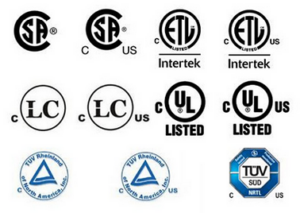
They state that chargers without these marks do not meet electrical safety standards and may cause fires or electric shock.
It’s always best to use the charger that came with your bike, and if you need to replace it, do so with the same type.
So let’s dig further into a few of the above points…
Avoid completely draining the battery if possible:
This is the opposite of what many of us were trained to do during the early 2000’s regarding our cellphone batteries. It was drummed into our heads to try to drain it to zero then charge it fully in order to maintain the battery’s ‘memory’ to keep it working longer. Not so with lithium-ion. It’s better to charge when it reaches around 30% rather than let it go lower as it is otherwise more stressful on the battery and leads to more degradation. Now you don’t have to sacrifice a great long ride just to get back to plug in your bike before it crosses the 30% line, but when it’s convenient to do so, it can aid in a bit more longevity.
Charge your battery at room temperature:
The temperature of your battery IS a factor when charging it. I learned this the hard way trying to charge my first winter e-bike, a studded fat-tire mountain bike, which I bought in January. I kept it in our unheated garage. Rode it for a week and it was cold (significantly below 0), then plugged it in but it didn’t charge. Waited and waited but nothing happened. It looked like it was charging but the battery level didn’t rise at all. It simply wouldn’t charge in the cold.
Some battery systems detect temperature and won’t allow any electricity to go through to the battery when it’s below a certain range. This is actually a good thing for your battery as charging it when it’s too cold can be hard on the battery. But some chargers appear as though they are charging when they actually aren’t, so it’s not always easy to tell.
If you don’t have a heated garage or shed and you plan on riding in the winter, strongly consider buying a bike that has an easily removable battery. Especially if you ride a lot. You won’t want to take your snowy, dirty bike into your house to charge every few days.
Storage:
When you aren’t using your bike for a period of time, it’s best for the battery to be at 50% charge. This is because it is at the state of the most equilibrium, with the least stress on the battery. So when you know you won’t be using your bike for a while, take the extra time to either charge it to 50% or if it’s got more charge than that, go for a ride until it gets to 50%.
Software Upgrades:
Your battery system and bike computer may require occasional upgrades. Inquire at your bike shop to ensure you keep up to date with the latest software so your bike runs optimally.
The Future
Lithium-ion is an incredible technology that allows us to do so much in today’s world. As innovations continue to develop, we look forward to seeing what new battery technology will bring. For example, I found information about solid-state or lithium titanate batteries at zapbatt.com, which could give us faster charging, longer lasting, and safer batteries in the future – which will make e-bike riding even better and more convenient (and fun) in the future.

by: Cory Willins
Cory is a dynamic and passionate content writer, specializing in sports-related topics. With over a decade of experience in the field, Cory has established… read more

